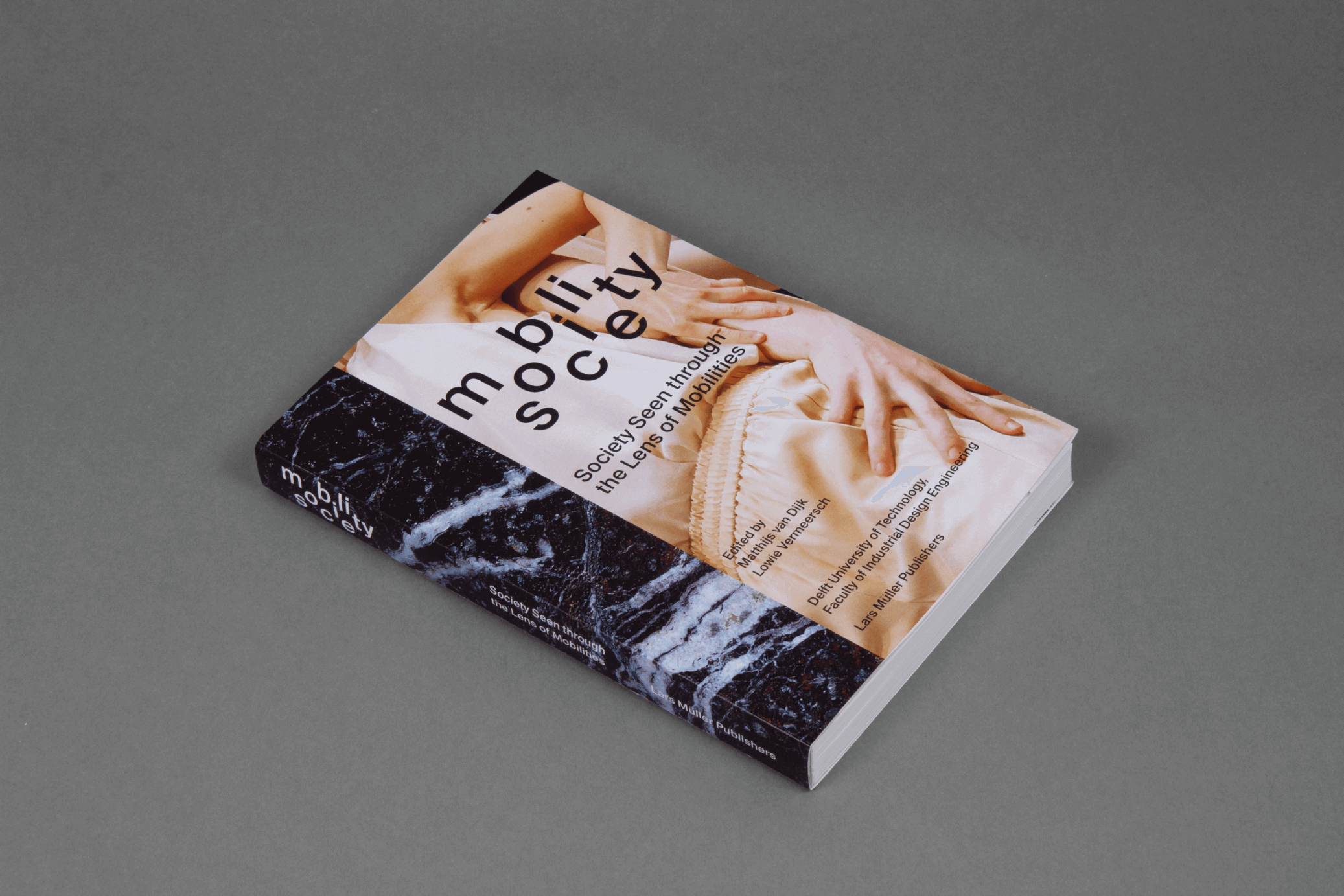
Mobility Design
In our Mobility Design Studio we design spaces, vehicles, services and strategies to shape integrated and sustainable mobility systems.
By leveraging our extensive portfolio of holistic mobility projects, we offer flexible collaboration pathways. Our specialized services and expertise are tailored to empower clients and partners in creating integrated, sustainable mobility ecosystems. We have the expertise to guide mobility projects through all phases, ensuring that the designed solutions meet the needs of tomorrow's cities and communities.
Discover our 360-degree approach to mobility design
Smart vehicles
-
Future Trend Research and Future Mobility Narratives.
-
Defining and Redefining Brand Visions based on a changing mobility landscape.
-
Ideating new typologies of vehicles based on changing market needs and new technological opportunities.
-
Proof of concept prototypes to evaluate the validity and market response.
Context design
-
Based on our extensive living database, we create insightful frames of reference that are anchored in the future.
-
Based on thorough research, we create new concepts and ideate solutions.
-
We develop ideas into feasible outcomes.
-
We assist our clients and partners with the implementation of our designs.
Service design
-
We have an extensive database of user trends that we use to complete our project-specific researches. In this research we take a deeper look at both the user desires and the contextual needs.
-
We create enganging User Journey maps, both graphically or through real-life role-playing on our DigiPHY.
-
In this phase we organize and structure the contents and features of the interface, creating a hierarchical system that can be tested and optimized though the use of lo-fi digital prototypes. It will all result in a hierarchical system where all the information are nicely prioritized and organized for the user.
-
We create prototypes of our apps and interfaces that are smooth and seamless.
A Glimpse of our vision
Contextual Mobility design.
What emerges clearly is that to design mobility means we need a more contextual design approach. It’s not enough to just look at the user desires; we need to bring the contextual needs into focus too. Mobility means should be the crystallization of the synthesis between both. Don’t forget that the context itself, in which mobility takes place, should be seen as integral asset that can be shaped and designed too. It’s exactly by considering the user, the mobility means and the spatial and societal context as one single whole that we can see new opportunities and find new ideas.
Technology is an enabler.
Mobility does not necessarily improve just because there is faster transport and new information and communication technology. To avoid this trap of technological determinism, we must focus on access and real impact at the human level, and not to be blinded by technological promises. Technology is not in the driver's seat, but plays the role of an ever-changing enabler. It helps us see that it is not the mobility means themselves that should be the real focus of our design, but how they can enhance people’s capacity to be mobile.
Please mind the multimodal gap.
Using the right vehicles in the right context means that when we change contexts, ideally we also change vehicles. Although we do this daily, this transition moment is often the point at which the whole mobility experience falls apart. Research demonstrates that even small negative experiences have a huge impact on how we judge an entire trip. Addressing these potential lows thus is essential to making progress towards changing behavior. Integrated timetables, but also architectural and infrastructural quality makes the traveler feel cared for.
In essence
You could say that designing mobility is accepting and comprehending the complexity and multitude of meanings, desires, innate needs and natural inclinations of the mobilities that travel our world. And try to enable their movement always in balance with the physical context of limited energy and matter in which we all act and exist. We need to balance the single and the whole, recognizing that they belong to the same evolution of flows.
Engaging in the dialogue
‘‘Good mobility solutions need to be designed as an ecosystem. This is leading to new mobility designs that blur the boundaries between the different archetypes as we know them.’’
‘‘We should aim at multimodal mobility systems in which people can use different types of vehicles adapted to different contexts.’’
“Mobility Design a new discipline that puts at its center society and embraces know-how of other disciplines as a means to an end but not as a starting point.”
Featured Mobility Projects
Reimagine Turin’s Controviali
Granstudio - in collaboration with IED - applied a user-driven and context-aware approach to reimagine Turin's controviali into greener, safer, and more community-focused spaces.
Discover the Project ➔
Ideating a new EV category
For Komma AG we ideated and designed revolutionary vehicles that merge the safety and comfort of a car with the agility of a motorcycle for unprecedented joy of driving and unrivaled sustainability.
Discover Komma ➔
Enhancing Slow Mobility
Mobjects are a mobility service that creates a seamless urban moving experience. You can fluently hop-on and hop-off when the distance gets too far to walk, but too short to use another vehicle.
Discover Mobjects ➔
Future-Proof Mobility Visions
Our future-proof methodology is grounded in transdisciplinary insights and a holistic perspective that acknowledges the interconnectedness of all factors that shape the urban landscape. It's this approach that makes us the ideal partner to accompany teams as they embark on masterplanning for distant horizons, whether it's for 2040 or beyond.
Discover more ➔
Mobility|Society Book
This book, co-edited by Granstudio, explores mobility from different angles, highlighting the ways in which it defines society on micro and macro levels.
A mobile charging service
Reefilla is the first mobile predictive EV charging service. We used our holistic approach to mobility to design a broader vision, the user app and the charging tools.

























